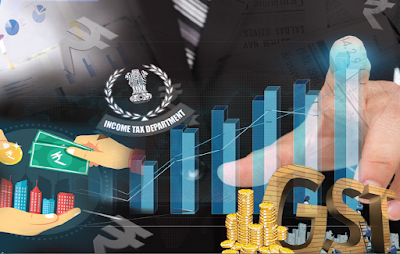1. டாக்டர் முத்துலட்சுமி ரெட்டி மகப்பேறு நலத் திட்டத்தின் (Dr. Muthulakshmi Reddy Maternity Benefit Scheme) கீழ், ஏழை கர்பிணிப் பெண்க ளுக்கு ₹12,000/- நிதியுதவி வழங்கப்படுகிறது.
2. முதலமைச்சரின் விரிவான சுகாதார காப்பீடு திட்டம் (Chief Minister's Comprehensive Health Insurance Scheme) 2011-12 ஆம் ஆண்டில் இந்த திட்டம் தொடங்கப்பட்டது. இதன் நோக்கம் அனைவருக்கும் உடல் நலம் வழங்கும் நோக்கில் அரசாங்கத்தால் இலவச மருத்துவ மற்றும் அறுவை சிகிச்சை வழங்குவதாகும்
3. தமிழ்நாடு சுகாதார அமைப்பு திட்டங்கள் (Tamil Nadu Health Systems Projects) இலவசமாக ஆம்புலன்ஸ் - சேவைகளை அறிமுகப்படுத்தியுள்ளது. (108 அவசர ஆம்புலன்ஸ் சேவை).
4. 'பள்ளி சுகாதார திட்டம்' (School Health Programme) விரிவான சுகாதார சேவையை அரசு மற்றும் அரசு உதவிபெறும் பள்ளிகளில் படிக்கும் அனைத்து மாணவர்களுக்கும் வழங்குவதை வலியுறுத்துகிறது.
5. தேசிய தொழுநோய் ஒழிப்பு திட்டத்தின் (National Leprosy Eradication Programme) மூலம் அனைத்து தொழுநோயாளிகளையும் கண்டறிந்து தொடர்ச்சியான சிகிச்சையை வழங்குவதை நோக்கமாக கொண்டு மாநிலத்தில் செயல்படுத்தப்படுகிறது.
6. புரட்சித் தலைவர் எம்.ஜி.ஆர் ஊட்டச்சத்து உணவுத்திட்டம்.
7. ஆரம்பக் கல்விக்கு தேசிய ஊட்டச்சத்து ஆதரவு திட்டம்.
8. பொது ICDS திட்டங்கள் மற்றும் உலக வங்கி உதவியுடன் ஒருங்கிணைந்த குழந்தைகள் மேம்பாட்டு சேவைகள் (General ICDS Projects and World Bank Assisted Integrated Child Development Services).
9. பிரதம மந்திரி கிராமோதயா யோஜனா திட்டம்.
10. தமிழ்நாடு ஒருங்கிணைந்த ஊட்டச்சத்து திட்டம்.
11. மதிய உணவுத் திட்டம்.
==================================
1.Under Dr. Muthulakshmi Reddy Maternity Benefit Scheme, financial assistance to the tune of ` 12,000 is being disbursed to poor pregnant women.
2.The Chief Minister’s Comprehensive Health Insurance Scheme was launched in the state in 2011-12 with the aim to provide Universal Healthcare to all by providing free medical and surgical treatment.
3.Tamil Nadu Health Systems Projects (TNHSP) has launched ambulance services free of cost (The 108 Emergency Ambulance Service).
4.The School Health Programme emphasises on providing comprehensive healthcare services to all students studying in Government and Government-aided schools.
5.The National Leprosy Eradication programme is being implemented in the state with the aim to detect and to provide sustained regular treatment to all leprosy patients.
6.Puratchi Thalaivar M.G.R. Nutrition Meal Programme:
7.National Programme of Nutritional Support to Primary Education
8.General ICDS Projects and World Bank Assisted Integrated Child Development Services:
9.Pradhan Manthri Gramodaya Yojana Scheme (PMGYS):
10.Tamil Nadu Integrated Nutrition Programme:
11.Mid-Day Meal Programme:



















